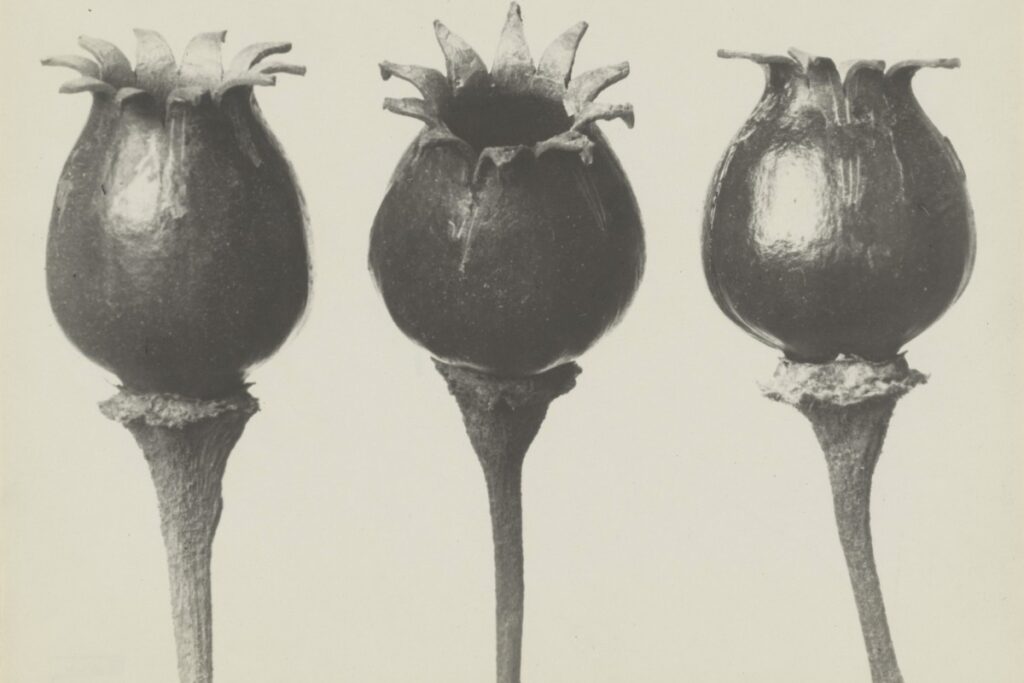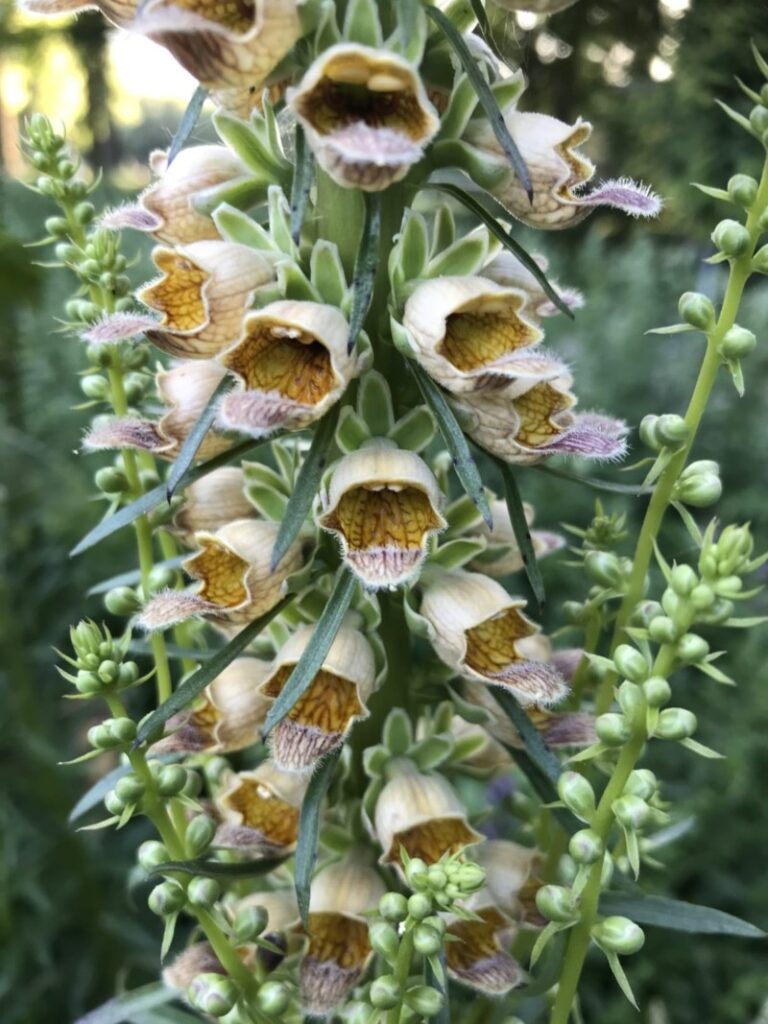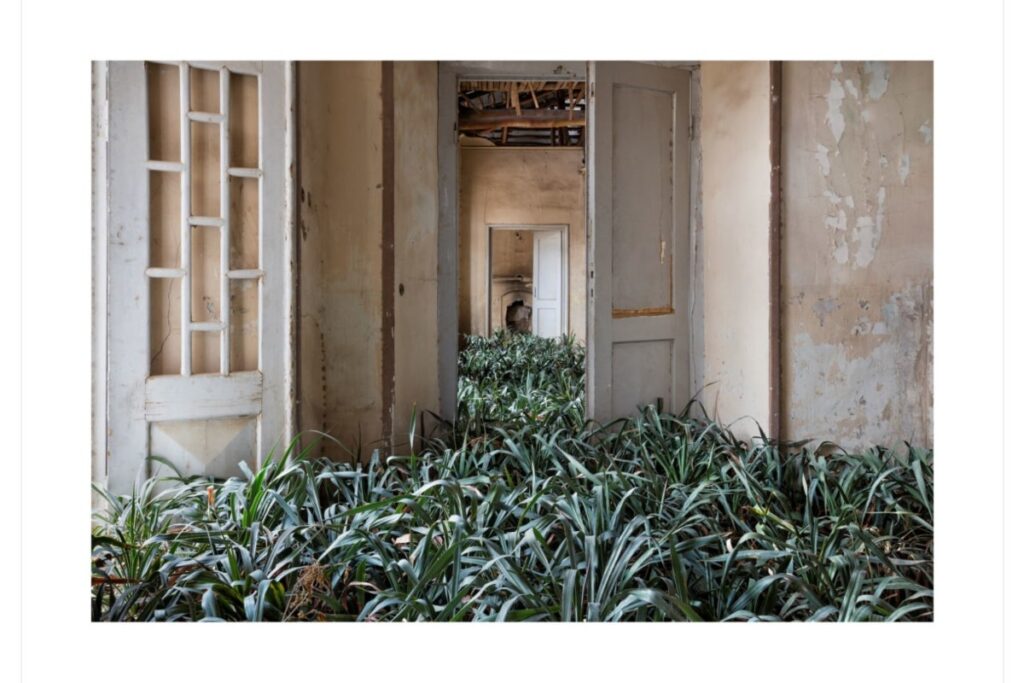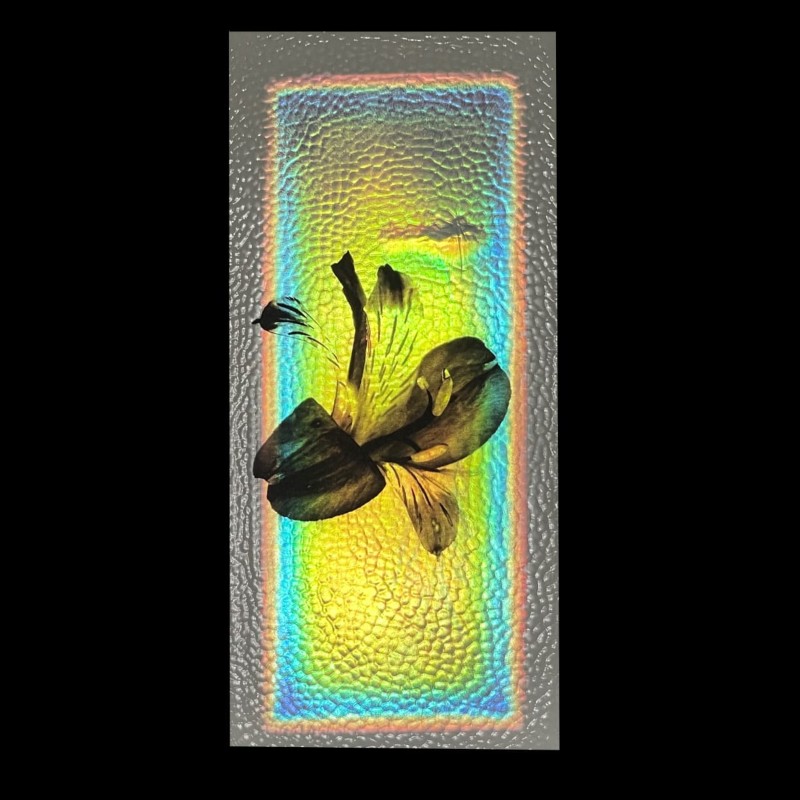With its endless variety of species, transformations, and life cycles, the plant world has been an inexhaustible source of inspiration for photographers since the dawn of photography.
Iconic works like Karl Blossfeldt’s botanical close-ups, created at the end of the 19th century, have become key references for many artists. This autumn, the Maison Européenne de la Photographie, in Paris, hosts the group exhibition Science/Fiction – A Non-History of Plants, showcasing pieces by over 40 artists from photography’s early days to the present.
The exhibition highlights the diverse approaches photographers have taken—often driven by technological innovations—to unravel the mysteries of plants through mediums such as video, cyanotype, collage, and ceramics. Here are five standout artists from the exhibition.






